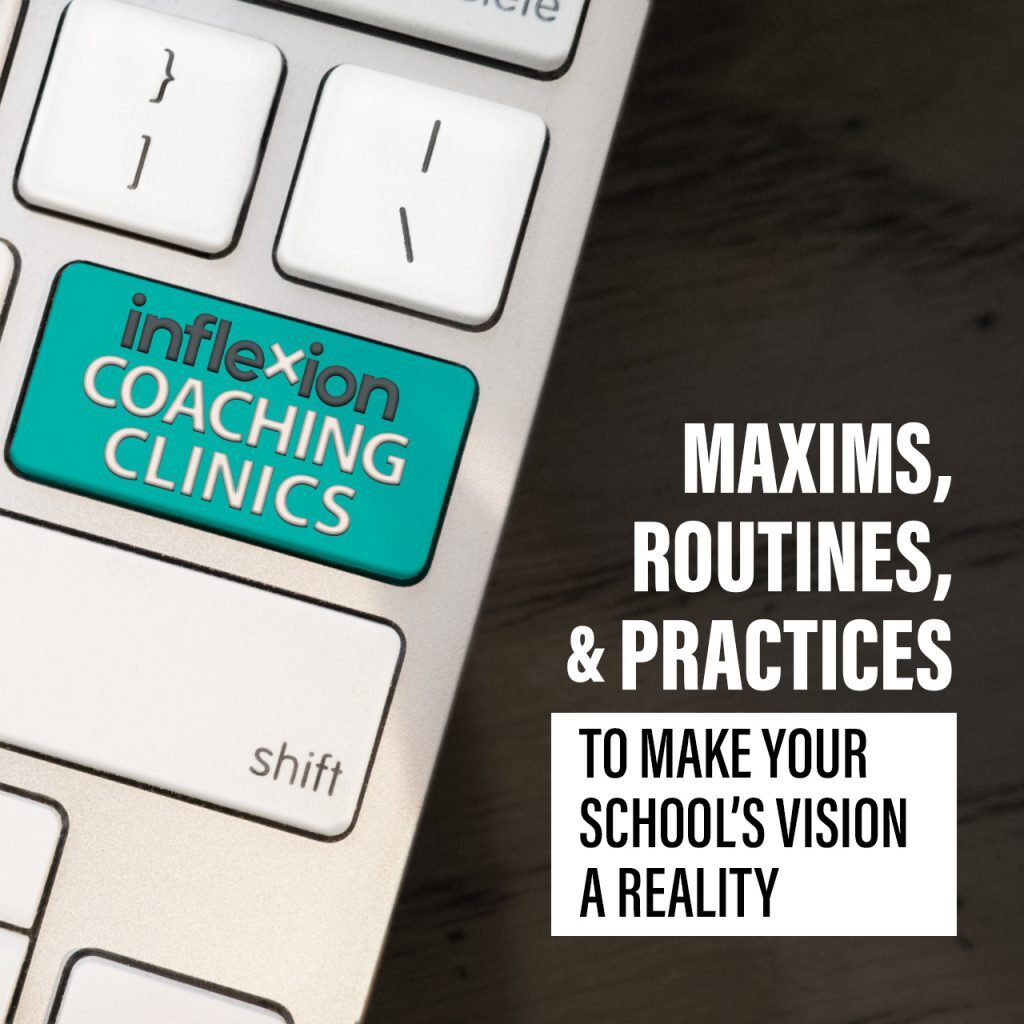
Maxims, Routines, and Practices Can Make Your School’s Vision a Reality
Livingston High School is a large, diverse school in California’s Central Valley. After working with Inflexion to define their maxims, they reinforced them everywhere. Here are ideas and tactics for making yours actionable, so student outcomes improve.
Can a school’s vision statement actually power school improvement?
Too often, a school’s vision statement is just words on a page, crafted by a committee of people who already have too much to do. How can a spiritless statement become a spark for school progress?
We do this through life ready maxims. Life ready maxims are clear statements that identify a school community’s commitment to equip and empower every student to pursue their passions, interests, and aspirations. They are built from what students, educators, and families identify as most important for student readiness. They’re guideposts for where your students and your school are going.
Here are a couple examples:
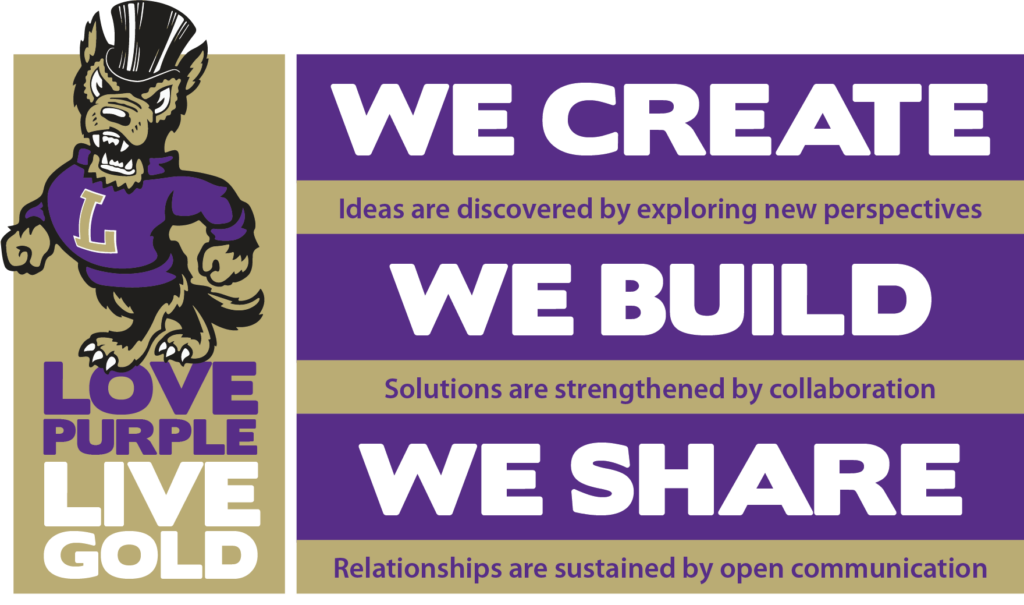
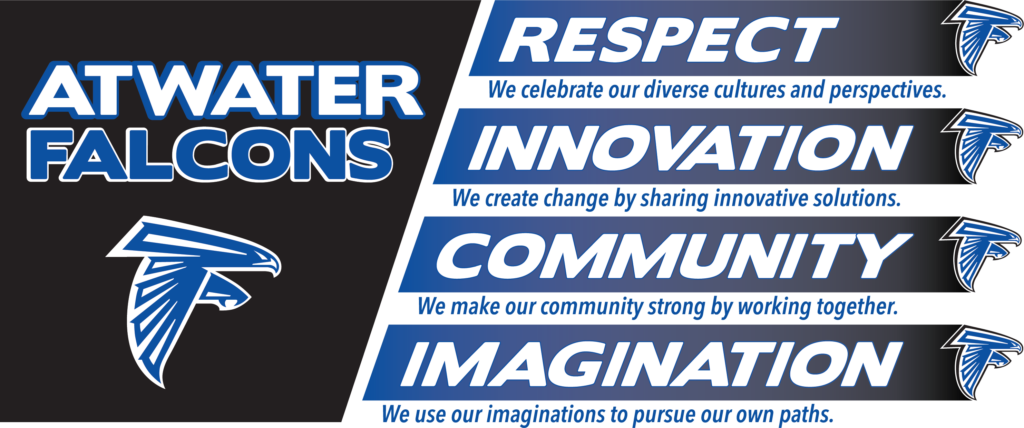
Maxims are written to be meaningful to all stakeholders in the school community—students, families, staff, community leaders. They make a school’s vision statement understandable and real.
Once you’ve nailed them down, maxims can be built into everyday routines, instructional practices, hiring—anything related to student services. When this happens, your school’s vision stays front of mind. And you start seeing improved student outcomes.
How Livingston High School Did It
Livingston High School is a large, diverse school in California’s Central Valley. After working with Inflexion to define their maxims, they reinforced them everywhere.
Here are nine examples.

Baking them into the curriculum
Administrators and an instructional leadership team came together for a full day each spring to talk through where they were as a school and where they wanted to go. Out of that came the instructional focus for the next school year.

Staff surveys
Mandy Ballenger, Livington’s principal then and a district director of HR now, conducted staff surveys at the end of each semester. She measured progress against a baseline for five years running, allowing her to see areas of growth and stasis on the maxims.

Student surveys and teacher shout-outs
Ballenger used student surveys to help identify areas of success, and whether the school was achieving intended outcomes like collaboration skills. Further, the surveys allowed students to nominate staff members they felt were doing a great job teaching them the targeted aptitudes. Staff were then recognized for their achievements based on those nominations.

Student recognition
Staff were asked to nominate students who were demonstrating the skills outlined in the maxims for special recognition. These requests were specific and strategic, notes Ballenger. “One week we’d ask to identify a ninth grader who did a great job on collaboration. Then maybe the following week it would be a tenth grader who did a great job with creativity.” By holding these examples up, she made sure students and staff were always speaking the same language.

Walkthroughs
This was in a time before COVID. School administrators visiting classrooms would make part of their observation whether the maxims were appearing. They gathered this data on a Google Form, and shared it back out, so staff could see what was going on school wide.

New teacher orientation
Sharing the school vision and maxims became part of onboarding. New teachers were briefed the day before the school year started, with time for newbies to talk with veterans about how they went about embedding maxims in the classroom.

Making maxims explicit in instruction
Teachers began innovating in how they integrated vision-related skill-building. A chemistry teacher started putting checkboxes on the bottom of slides. He made explicit connections between his lessons and one or more of the maxims, by checking off whether it built collaboration or communication skills.

Involving classified staff
To assure that the student vision of readiness reached all parts of the school, classified staff were encouraged to participate in nominating students for awards. Secretaries, TAs and others were always well-represented in submitting those nominations.

Student exit interviews
To measure progress, Livingston instituted annual student exit interviews. Seniors were interviewed by members of the community. They were asked to address what they had learned about the targeted student readiness skills and how they would apply them in their future. The top-rated senior interviewees were then selected to interview sophomores, as a preview of what would be expected senior year.
Moving the needle on student outcomes
Livingston High School’s maxims have become an important driver of school success. The school has been recognized as a “Beating the Odds” school and by the College Board for the number of female students completing AP Computer Science. The school has scored well on English Language Learning and on college- and career-ready indicators, with a strong emphasis on career and technical education. Livingston’s graduation rate for 2020 was 99 percent.
By defining life ready maxims and embedding them in school routines and instruction, Livingston High made their school’s vision second nature. And improved student outcomes.
See more about how a school’s vision for readiness plays a role in student success.








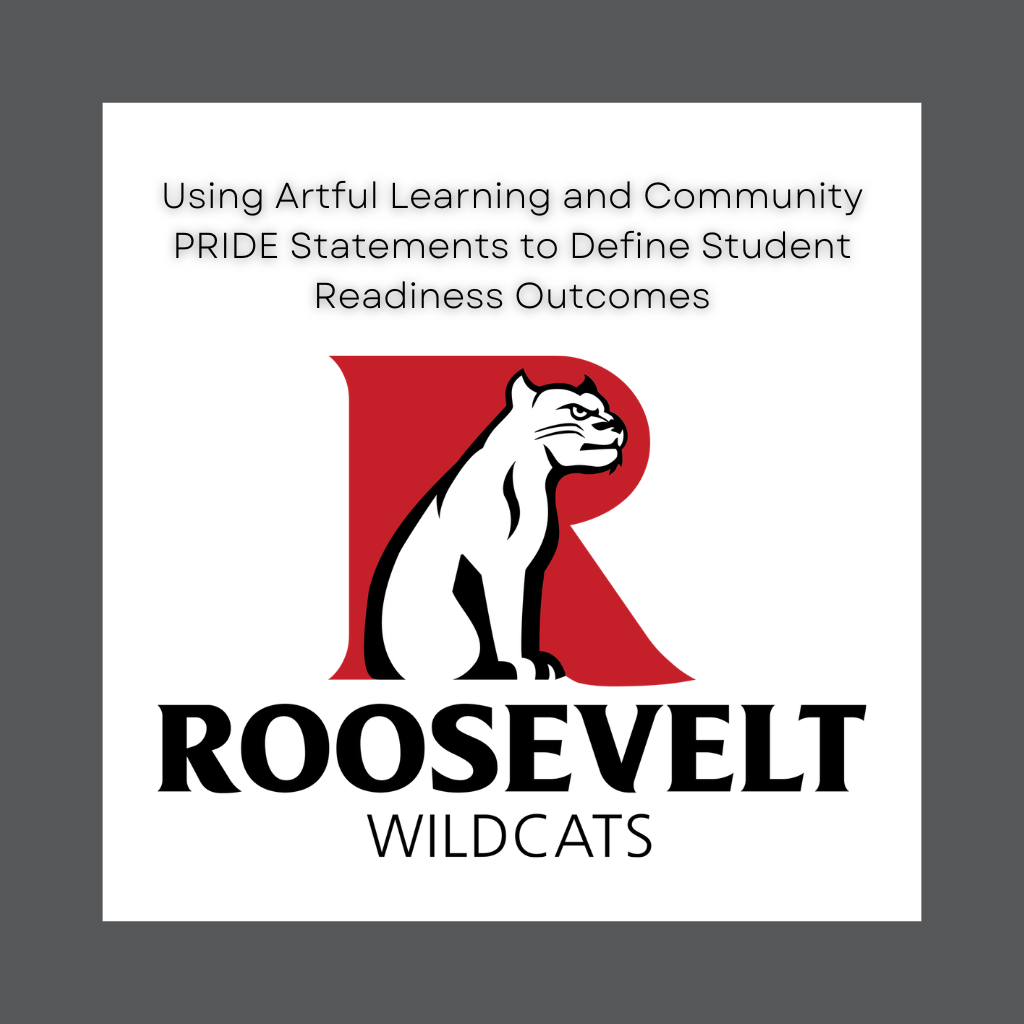
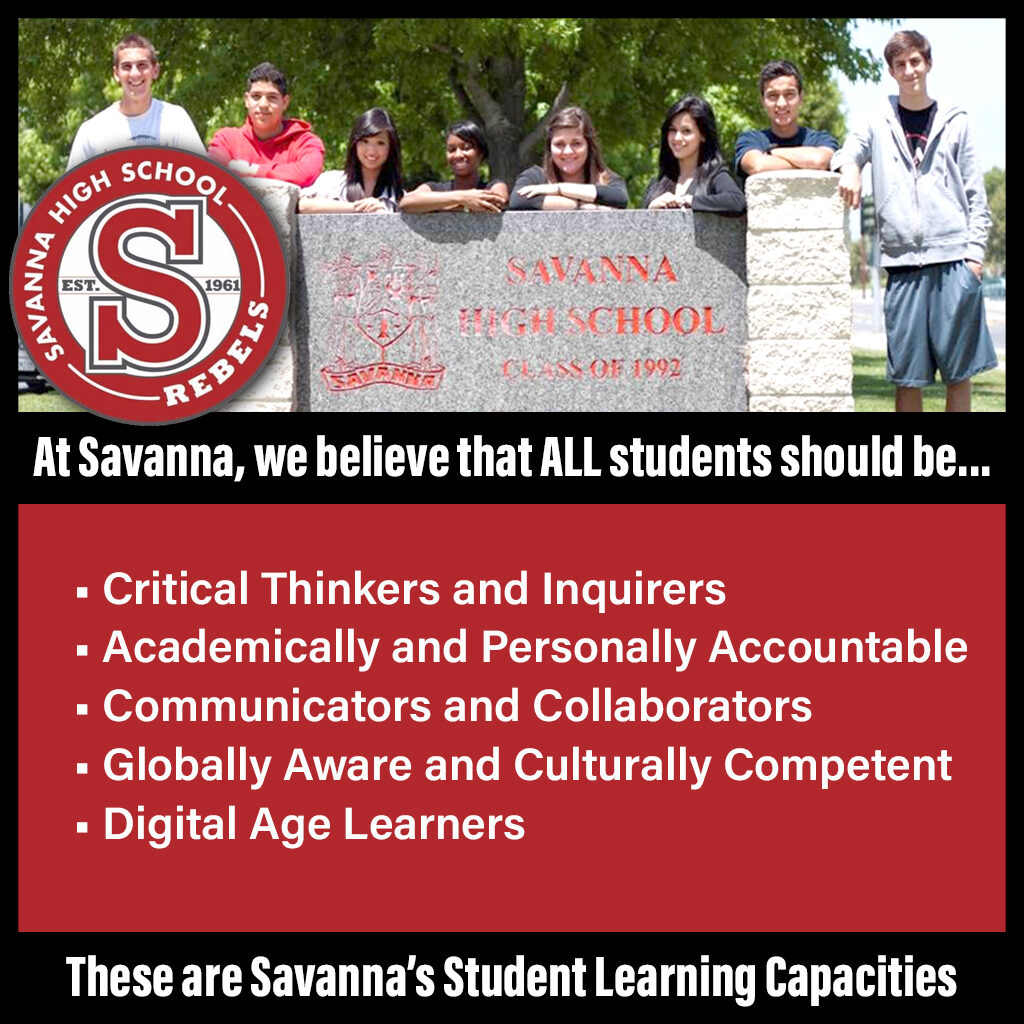

Responses